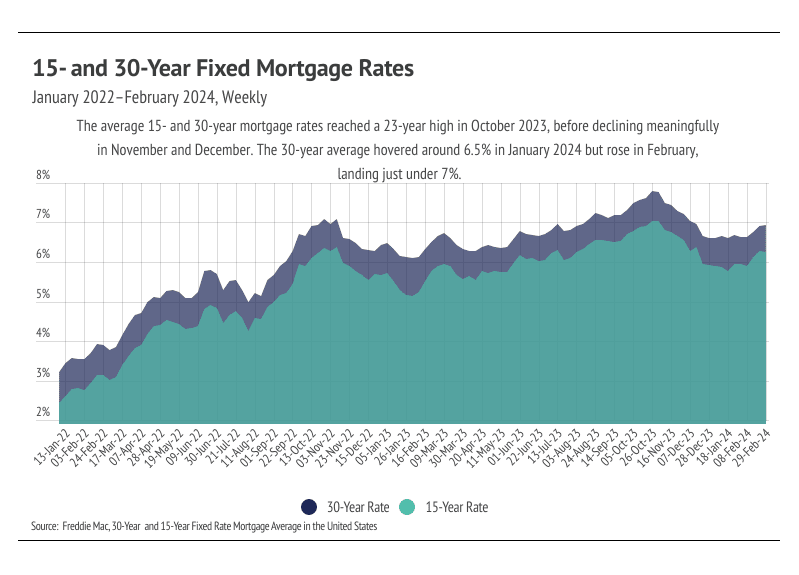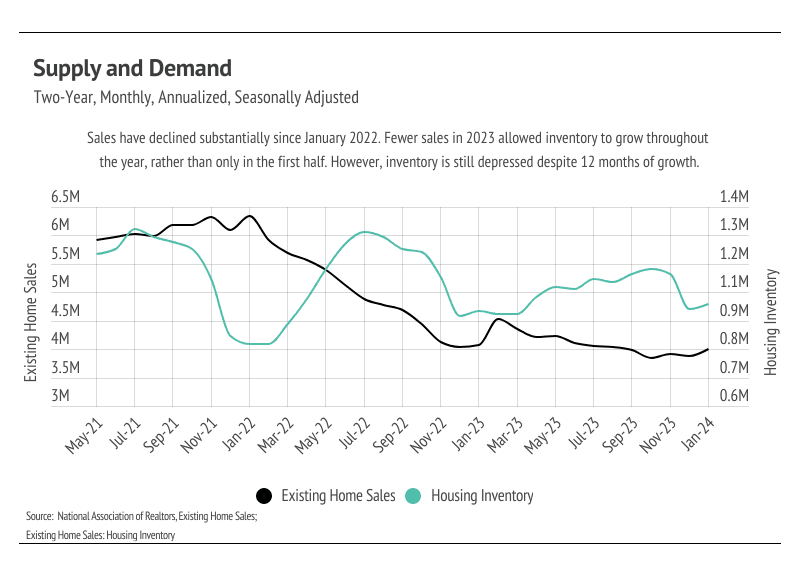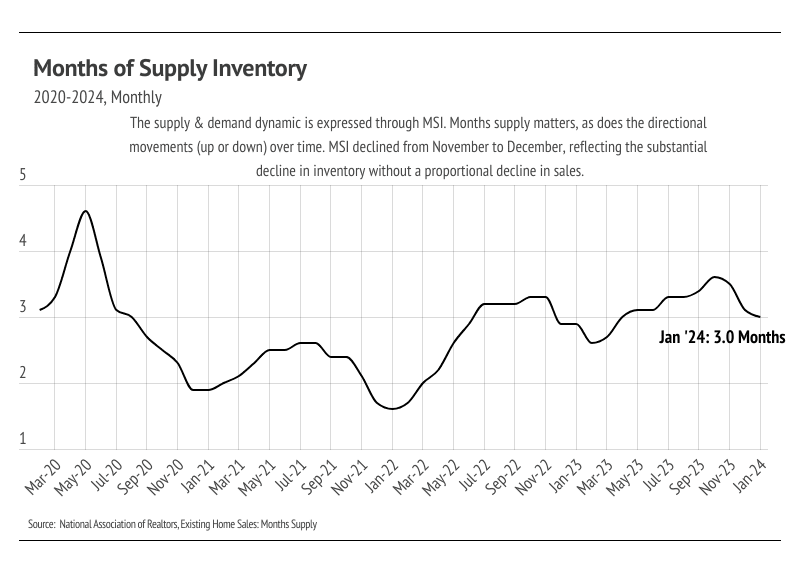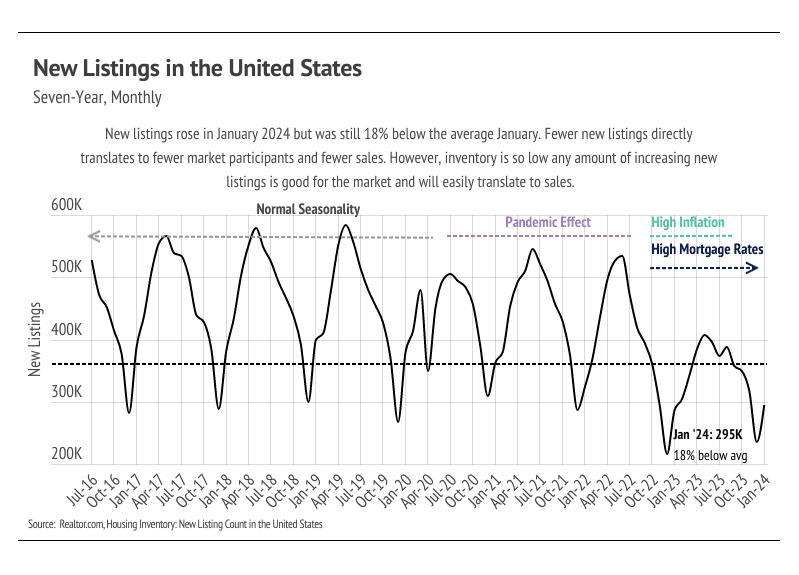Silicon Valley Real Estate Market Update: March 2024 Insights and Analysis
Kevin Swartz | March 19, 2024
Market Update

Kevin Swartz | March 19, 2024
Market Update






Trends, prices, and insights shaping Silicon Valley housing this winter

Trends, prices, and insights shaping Silicon Valley housing this fall




You’ve got questions and we can’t wait to answer them.